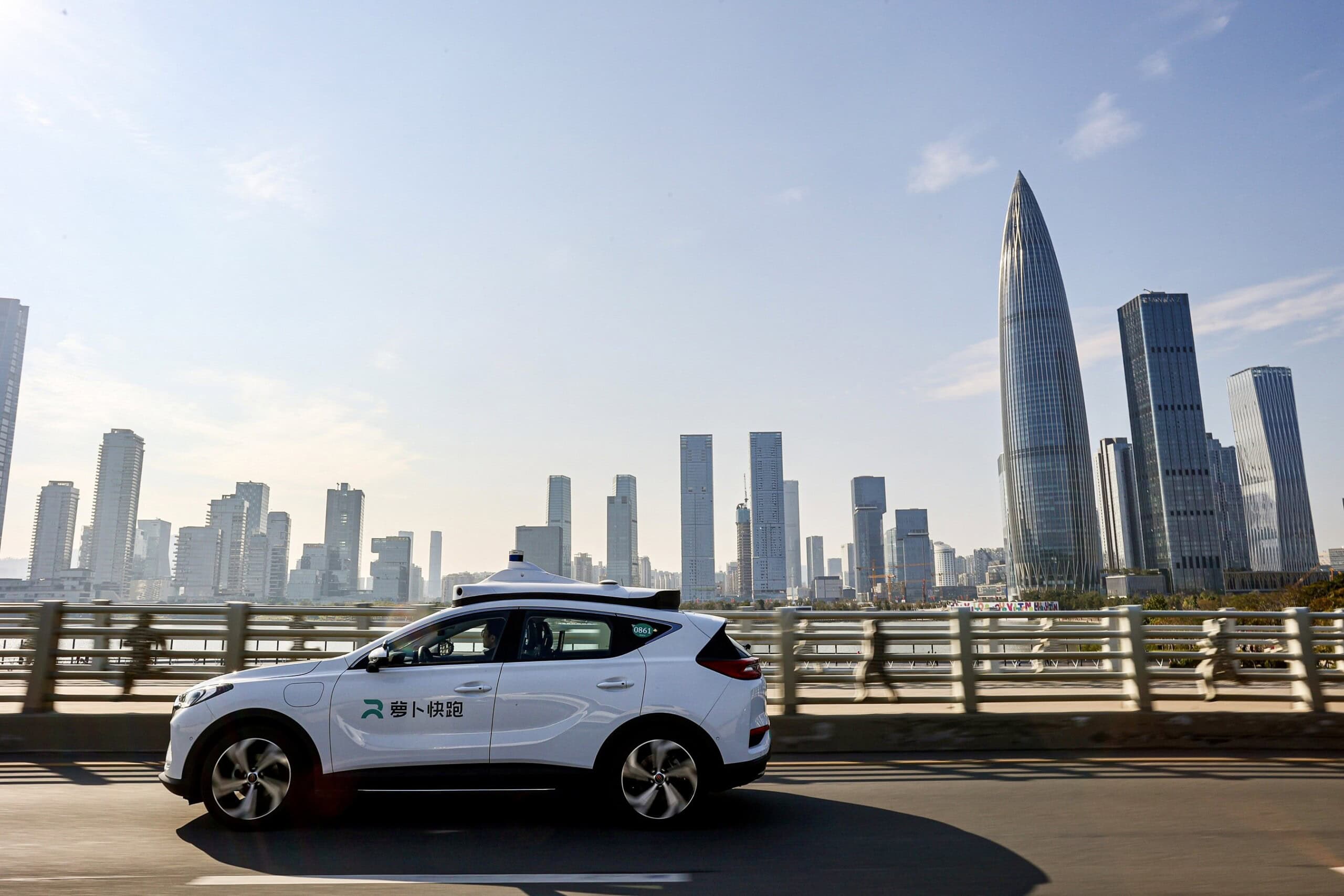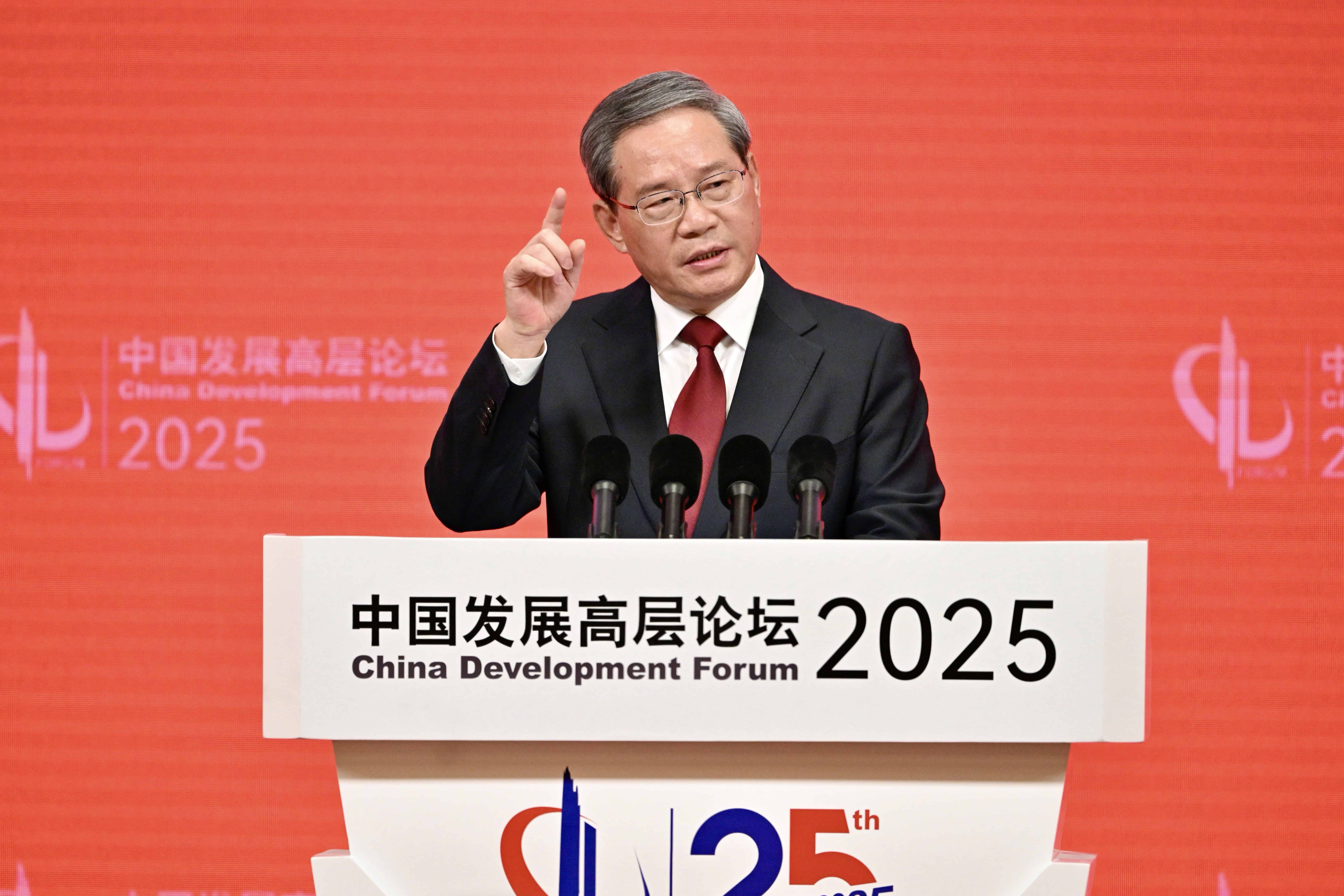Michael J. Dunne, the founder and chief executive of ZoZoGo, a San Diego-based consulting firm, has advised automakers and suppliers in Asian markets since the early 1990s. After earning a B.A. in Chinese and Thai languages, art and history at the University of Michigan, he got his M.B.A. at Michigan, and then founded Automotive Resources Asia. He has also served as a Vice President and Managing Director at J.D. Power, and President of GM Indonesia. Today, he runs a consulting firm, contributes



